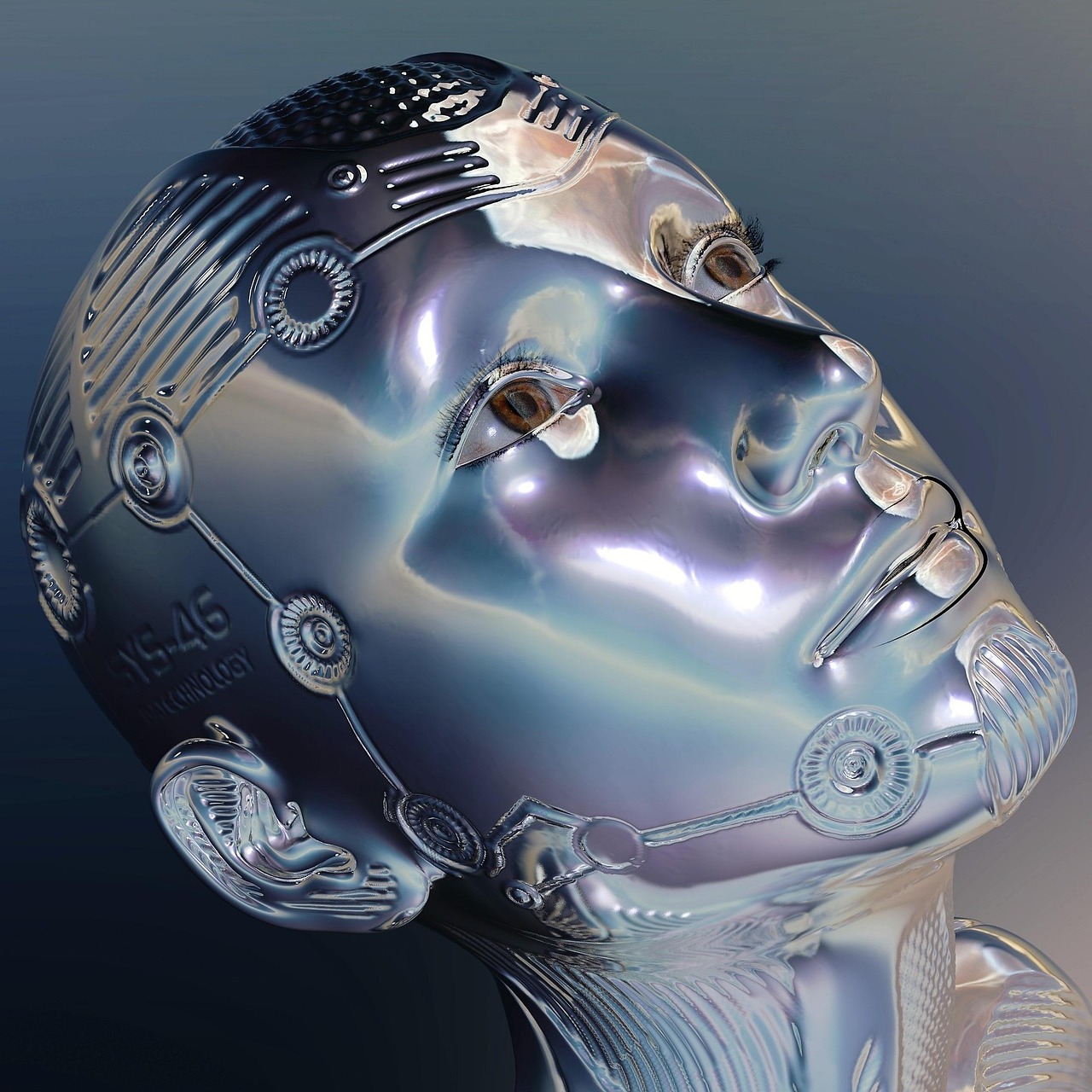Artificial intelligence is rapidly changing the world around us, and at the heart of this revolution are AI models. These complex algorithms are the engines that power everything from personalized recommendations and virtual assistants to medical diagnoses and self-driving cars. Understanding what AI models are, how they work, and their potential applications is becoming increasingly crucial for businesses and individuals alike. This comprehensive guide will delve into the world of AI models, exploring their different types, training processes, and real-world impact.
Understanding AI Models
What is an AI Model?
An AI model is essentially a computer program that’s been trained to recognize patterns and make predictions based on data. Think of it as a highly sophisticated algorithm that learns from examples, rather than being explicitly programmed with specific rules. The more data it’s exposed to, the more accurate its predictions become.
- Key Concept: Models are trained, not programmed.
- Example: A model trained to identify cats in images learns by being shown thousands of pictures of cats. It gradually develops the ability to recognize cat-like features (ears, whiskers, etc.) and distinguish them from other objects.
The Building Blocks of AI Models
AI models rely on various mathematical and statistical techniques, including:
- Linear Regression: Used for predicting continuous values (e.g., predicting house prices).
- Logistic Regression: Used for classification tasks (e.g., predicting whether an email is spam or not).
- Decision Trees: Used for making decisions based on a series of rules (e.g., medical diagnosis).
- Neural Networks: Inspired by the structure of the human brain, these are particularly powerful for complex tasks like image recognition and natural language processing.
Different Types of AI Models
AI models come in various forms, each suited for specific tasks:
- Supervised Learning: Models learn from labeled data (input-output pairs).
Example: Training a model to predict customer churn based on historical customer data (age, purchase history, etc.).
- Unsupervised Learning: Models learn from unlabeled data, discovering patterns and structures on their own.
Example: Clustering customers into different segments based on their purchasing behavior.
- Reinforcement Learning: Models learn through trial and error, receiving rewards for correct actions and penalties for incorrect ones.
Example: Training a robot to navigate a maze.
Training AI Models: The Process
Data Collection and Preparation
The first and arguably most critical step is gathering a large and representative dataset. The quality of the data directly impacts the performance of the model.
- Data Cleaning: Removing errors, inconsistencies, and missing values.
- Data Preprocessing: Transforming data into a suitable format for the model (e.g., scaling numerical values).
- Data Augmentation: Creating new data points from existing ones (e.g., rotating images).
Model Selection and Hyperparameter Tuning
Choosing the right type of model for the task at hand is essential. Different models have different strengths and weaknesses. Once a model is selected, its hyperparameters (parameters that control the learning process) need to be tuned to optimize performance.
- Example: For image recognition, convolutional neural networks (CNNs) are often a good choice.
- Techniques: Grid search, random search, and Bayesian optimization are commonly used for hyperparameter tuning.
Model Evaluation and Validation
After training, the model needs to be evaluated to assess its performance on unseen data. This helps to identify potential issues like overfitting (where the model performs well on the training data but poorly on new data).
- Metrics: Accuracy, precision, recall, F1-score, and AUC are common evaluation metrics.
- Validation Set: A portion of the data is set aside as a validation set to evaluate the model during training.
- Test Set: A separate test set is used to evaluate the model’s final performance.
Real-World Applications of AI Models
Healthcare
AI models are transforming healthcare in numerous ways:
- Disease Diagnosis: AI models can analyze medical images (X-rays, CT scans) to detect diseases like cancer with greater accuracy and speed.
- Drug Discovery: AI can accelerate the drug discovery process by identifying promising drug candidates and predicting their effectiveness.
- Personalized Medicine: AI can analyze patient data to personalize treatment plans and predict individual responses to medication.
Example: IBM Watson Oncology helps oncologists make treatment decisions based on a patient’s medical history and the latest research.
Finance
AI models are widely used in the financial industry for tasks such as:
- Fraud Detection: Identifying fraudulent transactions in real-time.
- Risk Assessment: Assessing the creditworthiness of loan applicants.
- Algorithmic Trading: Developing trading strategies that automatically execute trades based on market conditions.
Example: Banks use AI models to detect suspicious transactions and prevent money laundering.
Retail
AI models are helping retailers improve customer experience and optimize operations:
- Personalized Recommendations: Recommending products that customers are likely to be interested in.
- Demand Forecasting: Predicting future demand for products to optimize inventory levels.
- Chatbots: Providing customer support and answering frequently asked questions.
Example: Amazon uses AI models to personalize product recommendations and optimize delivery routes.
Manufacturing
AI is revolutionizing manufacturing through:
- Predictive Maintenance: Predicting when equipment is likely to fail, allowing for proactive maintenance.
- Quality Control: Automatically detecting defects in products.
- Process Optimization: Optimizing manufacturing processes to improve efficiency and reduce waste.
* Example: GE uses AI models to predict when jet engines need maintenance, reducing downtime and saving money.
Ethical Considerations and Challenges
Bias in AI Models
AI models can perpetuate and amplify existing biases in the data they are trained on. This can lead to unfair or discriminatory outcomes.
- Example: A facial recognition system trained primarily on images of white faces may perform poorly on faces of other ethnicities.
- Mitigation: Carefully curate training data and use techniques to mitigate bias.
Explainability and Transparency
Many AI models, particularly deep neural networks, are “black boxes,” making it difficult to understand how they arrive at their decisions. This lack of explainability can be problematic, especially in high-stakes applications.
- Solution: Developing more explainable AI (XAI) techniques.
Data Privacy and Security
AI models often require large amounts of data, raising concerns about data privacy and security.
- Techniques: Employing anonymization and differential privacy techniques to protect sensitive data.
Conclusion
AI models are powerful tools with the potential to transform industries and improve lives. By understanding the different types of AI models, the training process, and the ethical considerations, we can harness their power responsibly and effectively. While challenges remain, ongoing research and development are continuously improving the performance, explainability, and safety of AI models. As AI continues to evolve, its impact on our world will only continue to grow.




